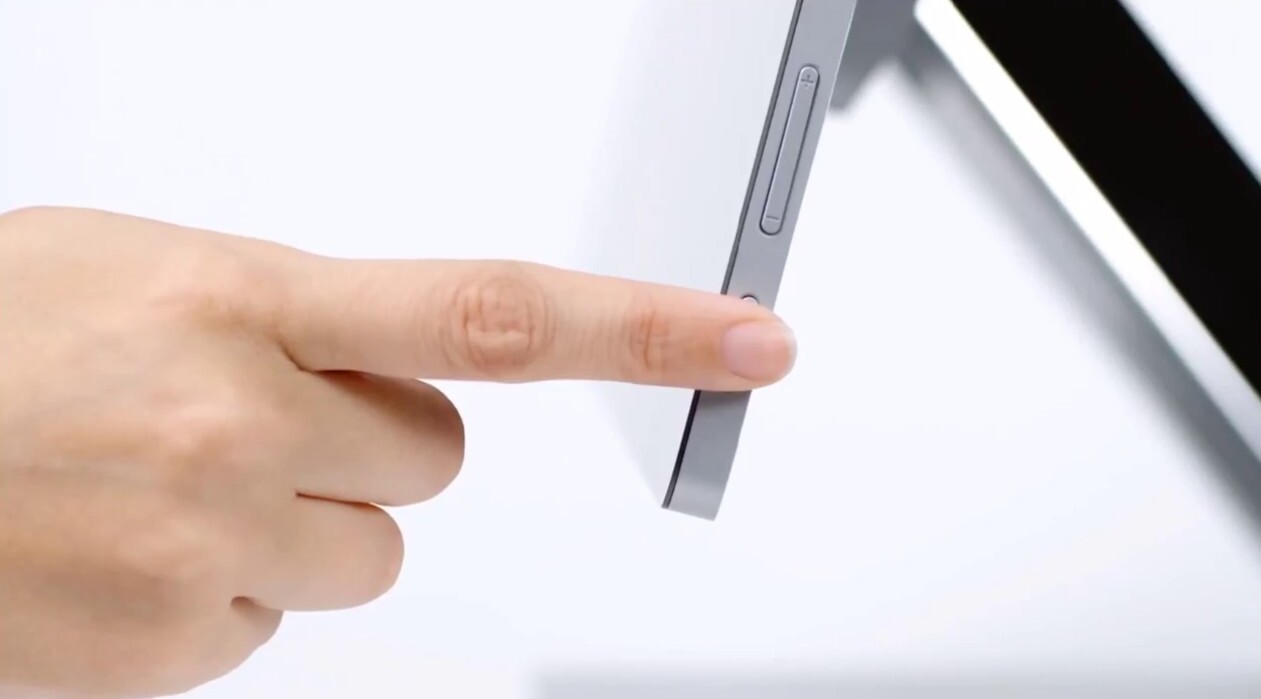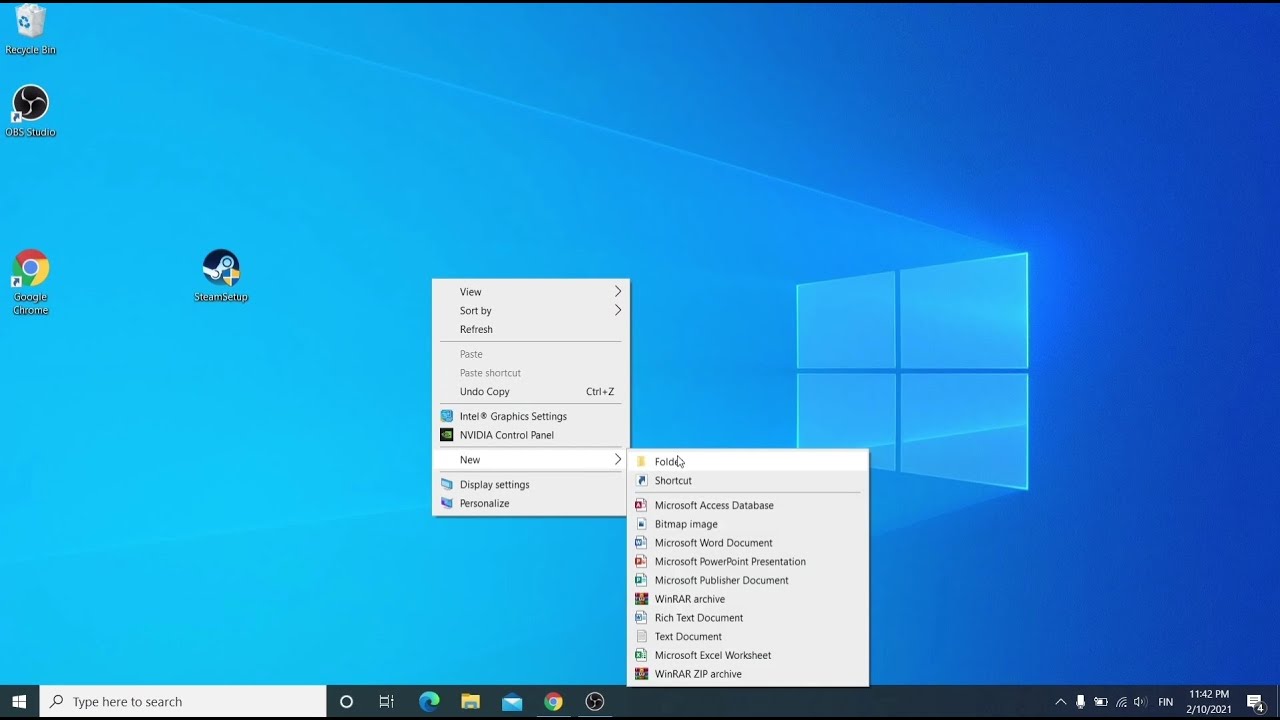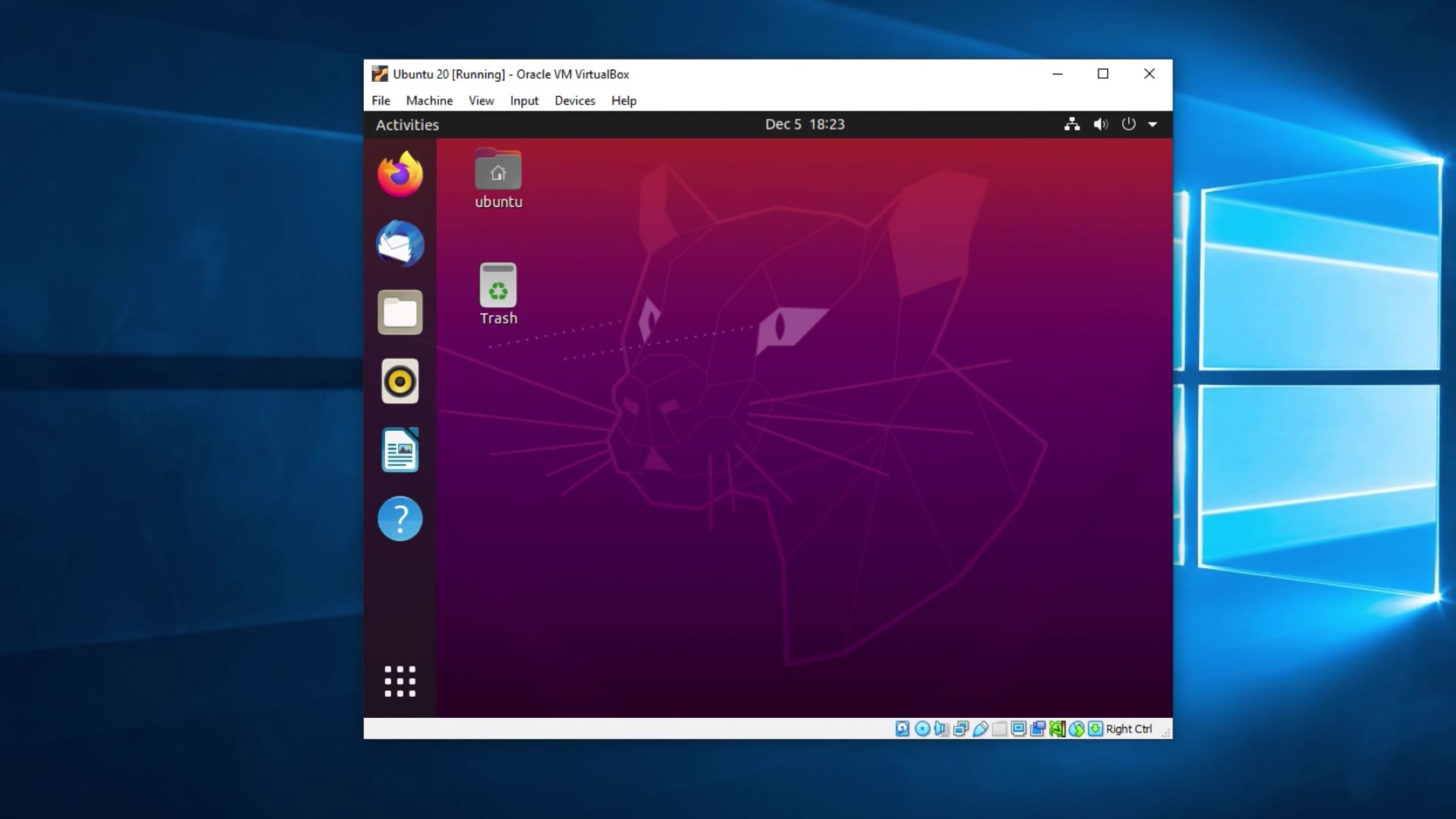Introduction
Forgetting your Windows 7 password can be frustrating and can prevent you from accessing your computer and important files. Whether you’ve recently changed your password and can’t recall it, or someone else has potentially changed it without your knowledge, resetting your Windows 7 password is crucial to regain access to your system.
In this article, we will explore various methods to reset your Windows 7 password and regain control of your computer. Whether you have a password reset disk, another admin account, or need to utilize the built-in Administrator account, there are multiple options to choose from depending on your circumstances.
It’s worth noting that attempting to reset a password on a computer that isn’t yours or without proper authorization is illegal and against ethical guidelines. However, if you are the rightful owner of the computer and have legitimate reasons for needing to reset the password, these methods can be useful.
It’s important to remember that when you reset your password, you will lose access to any encrypted files or data associated with the old password. Therefore, it’s essential to have a backup of any important files before proceeding with the password reset.
Now, let’s dive into the various methods available to reset your Windows 7 password and regain control of your computer.
Why do you need to reset your Windows 7 password?
There are several reasons why you might need to reset your Windows 7 password:
- Forgotten Password: The most common reason is simply forgetting your password. It happens to the best of us, and if you can’t remember your Windows 7 password, you won’t be able to log in and access your computer.
- Password Change: If you recently changed your password and can’t recall the new one, resetting your Windows 7 password is necessary to regain access. This is particularly important for security reasons, as using a weak password or sharing your password with others can put your system at risk.
- Unauthorized Password Change: In some cases, someone with access to your computer may have changed your password without your consent. This could be a family member, colleague, or even a malicious individual. Resetting your Windows 7 password will help you regain control of your computer and ensure the security of your personal files.
- System Troubleshooting: If you’re experiencing technical issues or system errors, resetting your Windows 7 password can be a troubleshooting step. This allows you to log in with a new password and determine if the problem persists, potentially narrowing down the cause of the issue.
- Expired Password: Some organizations or networks implement password expiration policies for security reasons. If your Windows 7 password has expired, you will need to reset it to continue accessing your computer.
- Recovery from Hacked Account: If you suspect that your Windows 7 account has been compromised or hacked, resetting your password is essential to prevent unauthorized access and regain control of your system.
Regardless of the reason, resetting your Windows 7 password is crucial for regaining access to your computer, protecting your data, and ensuring the security of your system. Thankfully, there are various methods available to help you reset your Windows 7 password, depending on your specific situation.
Method 1: Reset Windows 7 password using a password reset disk
One of the most effective ways to reset your Windows 7 password is by using a password reset disk. This method requires some preparation beforehand, as you need to create a password reset disk on a separate USB drive or CD/DVD when you have access to your computer and know your current password. Here’s how to use a password reset disk:
- Insert the password reset disk into your computer’s USB drive or CD/DVD drive.
- When you reach the Windows 7 login screen, click on the “Reset Password” option located below the password field.
- A “Password Reset Wizard” window will appear. Follow the on-screen instructions.
- Select the drive containing the password reset disk and click “Next.”
- Enter a new password for your Windows 7 account and confirm it.
- Click “Next” and then “Finish.”
- Remove the password reset disk and restart your computer.
After following these steps, you should be able to log in to your Windows 7 account using the newly created password. It’s important to note that the password reset disk is unique to your specific user account, so you cannot use it to reset another user’s password.
If you haven’t created a password reset disk beforehand and find yourself locked out of your Windows 7 account, you’ll need to explore alternative methods such as using a different admin account or password recovery software. However, creating a password reset disk is a proactive measure that can save you a lot of trouble in the future if you ever forget your password.
Remember to store your password reset disk in a safe and secure location. Ensure that it is easily accessible when needed but protected from unauthorized access. Regularly updating and creating a new password reset disk is recommended, especially if you change your Windows 7 password frequently.
Method 2: Reset Windows 7 password through a different admin account
If you have multiple administrator accounts on your Windows 7 computer, you can use a different admin account to reset the password for the account you’re locked out of. Here’s how to do it:
- Log in to your Windows 7 computer using another administrator account.
- Click on the “Start” button and then go to the “Control Panel.”
- Under the “User Accounts” section, click on “User Accounts.”
- Select the account for which you want to reset the password.
- Click on “Change the password.”
- Enter a new password for the selected account and click “Change password.”
Once you’ve completed these steps, the password for the selected account will be changed to the new password you provided. You can now log out of the current admin account and log in using the account you reset the password for.
It’s important to note that this method only works if you have another administrator account available on your Windows 7 computer. If you don’t have access to another admin account or have forgotten its password as well, you’ll need to use a different method to reset your Windows 7 password, such as using the built-in Administrator account or password recovery software.
If you regularly use multiple administrator accounts on your computer, it’s recommended to create a password reset disk for each account to ensure you can easily reset the password if needed. However, be mindful of storing the password reset disks securely to prevent unauthorized access to your accounts.
Remember to choose strong and unique passwords for your administrator accounts to maintain the security of your Windows 7 computer. Regularly updating your passwords and practicing good password hygiene is essential to protect your system from unauthorized access.
Method 3: Reset Windows 7 password using the built-in Administrator account
If you don’t have access to any other administrator accounts on your Windows 7 computer, you can utilize the built-in Administrator account to reset your password. Here’s how to do it:
- Restart your computer and press the “F8” key repeatedly before the Windows logo appears. This will bring up the Advanced Boot Options menu.
- Use the arrow keys to select “Safe Mode” and press “Enter.”
- On the login screen, you will see the “Administrator” account. Select it and leave the password field blank.
- Once you’ve logged in to the Administrator account, go to the Control Panel.
- Click on “User Accounts” and then “User Accounts” again.
- Select the account for which you want to reset the password.
- Choose “Change the password” and enter a new password for the selected account.
- Click “Change password” to save the new password.
After completing these steps, you can restart your computer and log in to the account you reset the password for using the newly set password. It’s important to note that the built-in Administrator account is disabled by default, so you might need to enable it before using this method.
This method is useful when you’ve forgotten your Windows 7 password and don’t have access to another administrator account or a password reset disk. However, it’s important to disable the built-in Administrator account once you’ve regained access to your computer to maintain the security of your system.
Remember to choose a strong and unique password for your Windows 7 account to ensure the security of your computer and protect your personal data from unauthorized access.
If you’re unable to reset your password using the built-in Administrator account, you may need to explore alternative methods such as using password recovery software or a Windows installation disc.
Method 4: Reset Windows 7 password using password recovery software
If you’re unable to reset your Windows 7 password using the previous methods, or if you prefer a more automated approach, you can use password recovery software designed specifically for resetting Windows passwords. These software tools are easy to use and can help you regain access to your Windows 7 account. Here’s how to reset your Windows 7 password using password recovery software:
- Download and install a reputable password recovery software like “Ophcrack,” “Offline NT Password & Registry Editor,” or “PCUnlocker” on a different computer or device.
- Once installed, launch the password recovery software and follow the on-screen instructions to create a bootable device, such as a USB drive or CD/DVD.
- Insert the bootable device into the locked Windows 7 computer.
- Restart your computer and boot from the bootable device. You may need to change the boot order in the BIOS settings.
- Once the password recovery software loads, select the Windows 7 account you want to reset the password for.
- Follow the instructions provided by the software to reset the password. This may involve deleting the existing password or replacing it with a new one.
- After the password has been reset, remove the bootable device and restart your computer.
After following these steps, you should be able to log in to your Windows 7 account using the new password provided by the password recovery software. It’s important to note that the exact steps may vary slightly depending on the specific software you use, so be sure to consult the documentation or user guide provided by the software.
Using password recovery software can be a convenient option when you’re unable to reset your Windows 7 password through other methods. However, it’s essential to exercise caution when downloading and installing such software, as there are malicious programs masquerading as password recovery tools. Stick to reputable sources and always scan files for viruses or malware before using them.
Remember to choose a strong password after resetting your Windows 7 password to enhance your account’s security. Additionally, it’s recommended to regularly update your passwords and employ other security measures, such as two-factor authentication, to protect your computer and personal data from unauthorized access.
Method 5: Reset Windows 7 password through Safe Mode
If you’re unable to reset your Windows 7 password using the earlier methods, you can try resetting it through Safe Mode. Safe Mode is a diagnostic startup mode in Windows that loads a minimal set of drivers and services, allowing you to troubleshoot issues. Here’s how to reset your Windows 7 password through Safe Mode:
- Restart your computer and press the “F8” key repeatedly before the Windows logo appears. This will bring up the Advanced Boot Options menu.
- Using the arrow keys, select “Safe Mode” and press “Enter.”
- On the login screen, you will see your Windows 7 account as well as an additional “Administrator” account. Select the “Administrator” account.
- If the “Administrator” account is not visible, you may need to enable it first. To do this, open the command prompt as an administrator (search for “cmd” in the Start menu, right-click on “Command Prompt,” and select “Run as administrator”) and type the command “net user administrator /active:yes” without the quotes. Press Enter, and the Administrator account should now be visible in Safe Mode.
- Once logged in to the Administrator account, go to the Control Panel and navigate to “User Accounts.”
- Click on the account for which you want to reset the password and select “Change the password.”
- Enter a new password for the selected account and click “Change password.”
- Restart your computer and log in to your Windows 7 account using the newly set password.
After completing these steps, you should be able to access your Windows 7 account using the newly set password. It’s important to note that the “Administrator” account may not be available on all Windows 7 installations, but it is typically created during the initial setup.
Resetting your Windows 7 password through Safe Mode is a useful method when other options are not available or haven’t worked. However, it’s crucial to ensure the security of your computer by setting a strong password after the reset and following good password practices.
Remember to regularly update your passwords, use different passwords for different accounts, and enable additional security features, such as two-factor authentication, to enhance the security of your Windows 7 account and protect your personal data.
Method 6: Reset Windows 7 password with a Windows installation disc
If you have a Windows installation disc handy, you can use it to reset your Windows 7 password. This method involves using the Command Prompt from the installation disc to replace the existing password with a new one. Here’s how to reset your Windows 7 password using a Windows installation disc:
- Insert the Windows 7 installation disc into your computer’s CD/DVD drive and restart your computer.
- Press any key when prompted to boot from the installation disc.
- Choose your language preferences and click “Next.”
- Click on “Repair your computer” located at the bottom left of the installation window.
- Select the operating system you want to repair (in this case, Windows 7) and click “Next.”
- Click on “Command Prompt” from the System Recovery Options menu.
- In the Command Prompt window, type the command “copy c:\windows\system32\sethc.exe c:\” without the quotes and press Enter. This creates a backup copy of the Sticky Keys executable.
- Next, type the command “copy c:\windows\system32\cmd.exe c:\windows\system32\sethc.exe” without the quotes and press Enter. This replaces the Sticky Keys executable with the Command Prompt executable.
- Restart your computer by typing the command “wpeutil reboot” without the quotes and pressing Enter.
- Once your computer restarts, on the login screen, press the “Shift” key five times in quick succession. This will open a Command Prompt window.
- In the Command Prompt window, type the command “net user [username] [newpassword]” without the brackets, where [username] is the name of the account for which you want to reset the password and [newpassword] is the new password you want to set.
- Press Enter, and the password for the specified account will be reset to the new password you provided.
- Close the Command Prompt window and log in to your Windows 7 account using the newly set password.
After following these steps, you should be able to access your Windows 7 account using the new password you set. It’s important to note that this method requires a Windows installation disc, which may not be readily available for all users.
It’s recommended to regularly update your passwords, use strong and unique passwords, and employ additional security measures, such as two-factor authentication, to protect your Windows 7 account and maintain the security of your computer.
Remember to keep your Windows installation disc in a safe and easily accessible place in case you ever need to use it for password resets or other recovery purposes.
Conclusion
Forgetting or losing your Windows 7 password can be a frustrating experience, but thankfully there are several methods available to reset it and regain access to your computer. From using a password reset disk and leveraging a different admin account to utilizing the built-in Administrator account or password recovery software, each method offers a solution depending on your specific situation.
Creating a password reset disk in advance is a proactive step that can save you from future password woes. It allows you to easily reset your Windows 7 password if you ever forget it. Additionally, having multiple administrator accounts or enabling the built-in Administrator account can provide alternatives to reset your password when needed.
However, if you find yourself locked out without any other options, password recovery software or using a Windows installation disc can come to your rescue. These methods give you the ability to reset your Windows 7 password without the need for prior preparation.
Regardless of the method you choose, it’s important to set a strong and unique password after resetting. Regularly updating your passwords and following good password hygiene are essential for maintaining the security of your Windows 7 account and protecting your personal data.
Lastly, it’s crucial to remember that attempting to reset a password on a computer that isn’t yours or without proper authorization is illegal and against ethical guidelines. Always ensure you have legitimate reasons and rightful ownership of the computer before proceeding with any password reset methods.
By taking the necessary precautions and utilizing the available methods, you can successfully reset your Windows 7 password and regain control of your computer, ensuring a smooth and secure user experience.

























